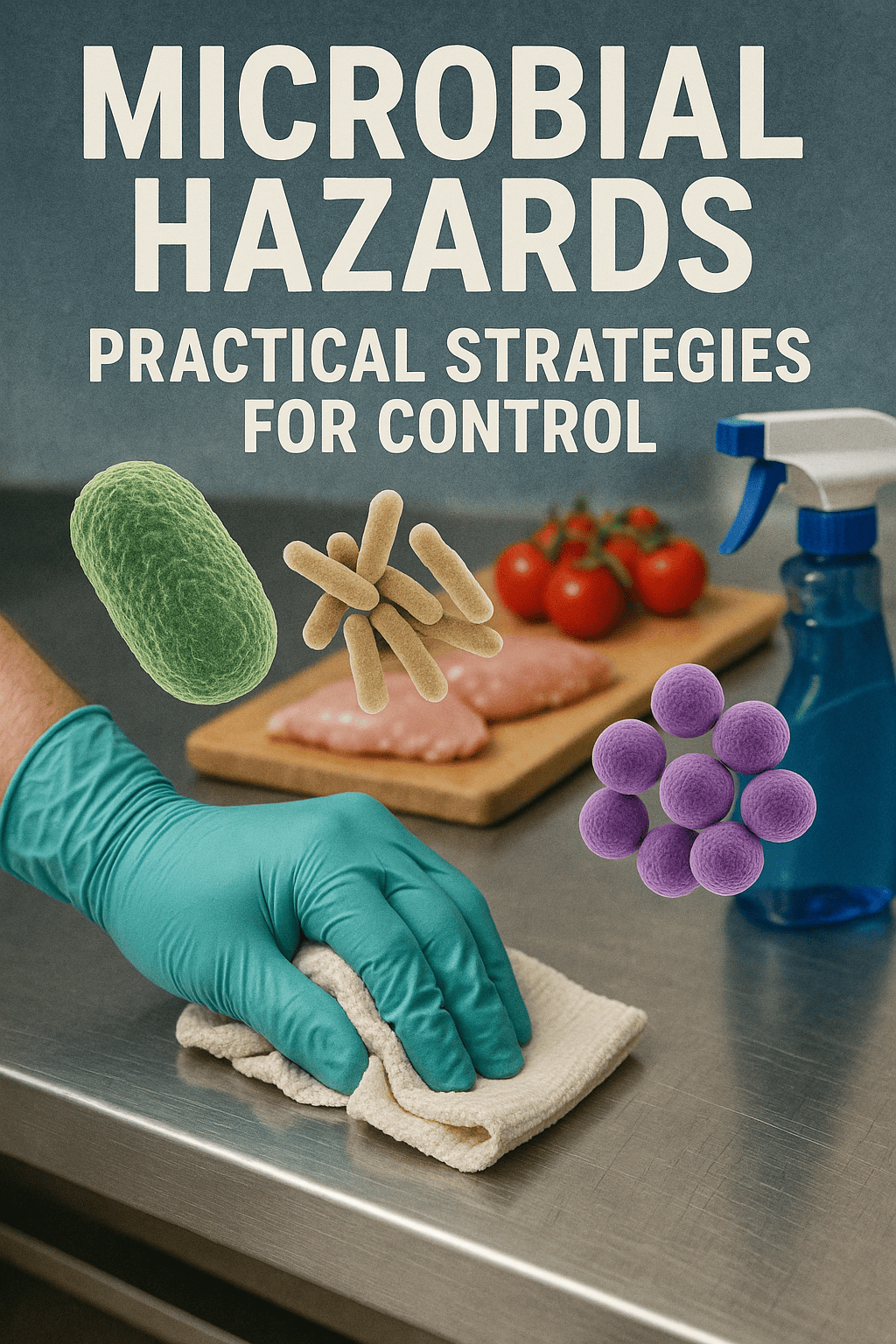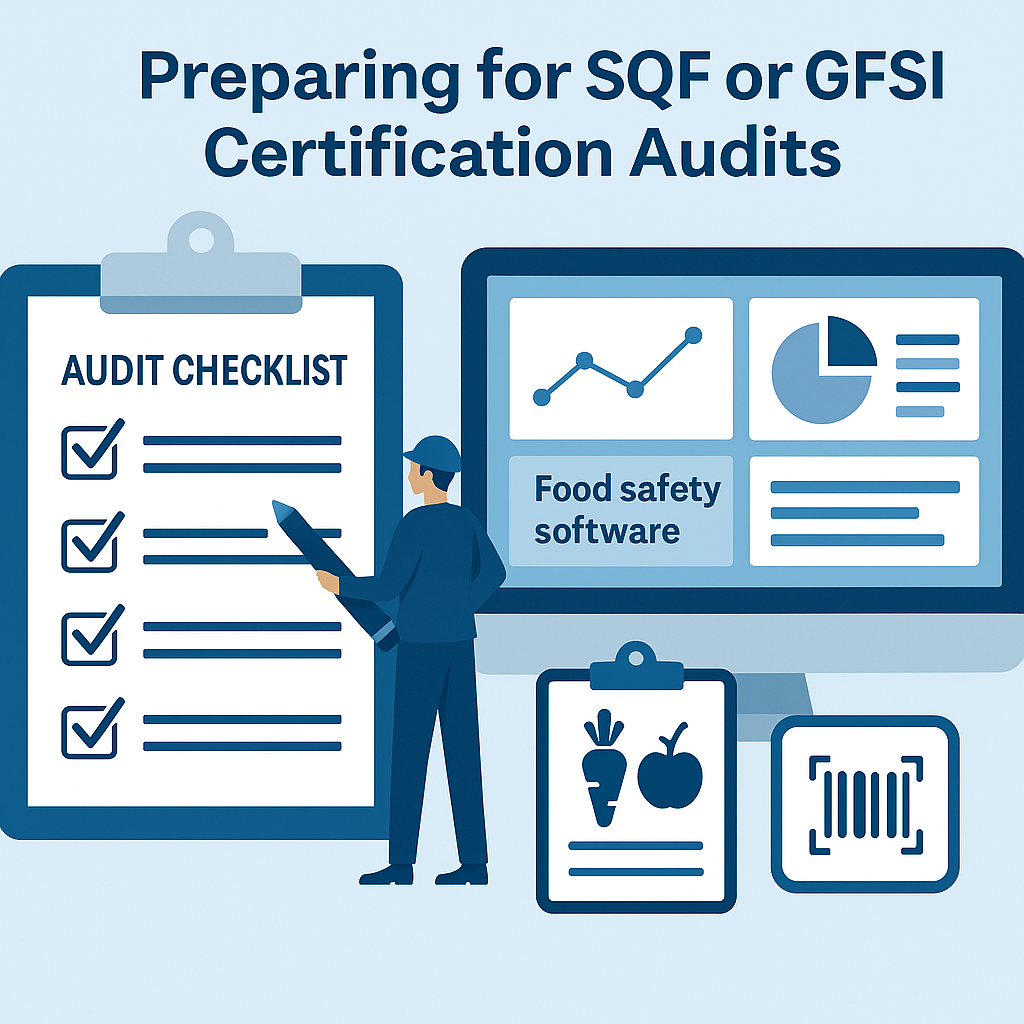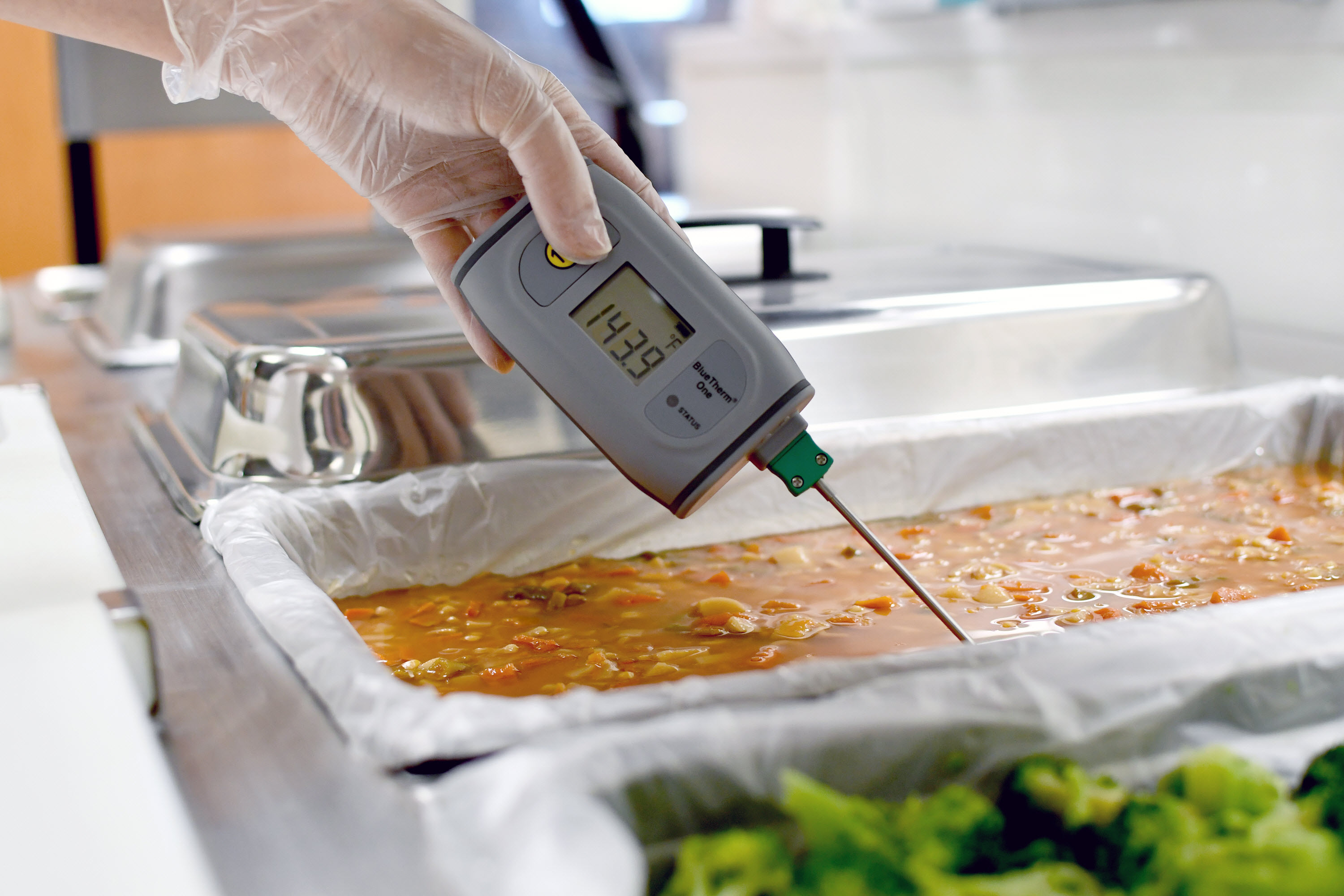In today’s fast-paced food industry, the stakes have never been higher. With increasing regulatory requirements, customer expectations, and supply chain complexities, food businesses must not only respond swiftly to issues but also prevent them from recurring. This is where a robust Corrective and Preventive Action (CAPA) system becomes an indispensable component of operational excellence and risk management.
In this comprehensive guide, we will explore the significance of CAPA systems in food safety, break down the steps to implement an effective CAPA process, provide real-world examples, and demonstrate how modern food safety software like NORMEX can transform reactive measures into proactive protection.
What is a CAPA System?
CAPA stands for Corrective and Preventive Action. It is a structured approach used by food manufacturers, processors, and distributors to identify, investigate, and resolve issues that affect product safety, quality, or compliance.
-
Corrective Action addresses an existing problem. It focuses on investigating the root cause and implementing measures to prevent recurrence.
-
Preventive Action is proactive. It identifies potential issues before they occur and puts measures in place to avoid them altogether.
Together, these actions form the backbone of continuous improvement in food safety management systems.
Why a CAPA System is Critical for Food Businesses
A weak or poorly implemented CAPA system can expose your company to product recalls, legal liabilities, reputational damage, and loss of consumer trust. In contrast, a strong CAPA system can:
-
Reduce operational costs by addressing root causes instead of recurring symptoms
-
Increase compliance with GFSI schemes (e.g., SQF, BRCGS) and regulatory standards (e.g., CFIA, FDA, EU regulations)
-
Enhance internal accountability and employee engagement
-
Improve customer satisfaction and brand loyalty
-
Foster a culture of continuous improvement
Moreover, integrating your CAPA system into food traceability software streamlines documentation, escalations, approvals, and audits.
The Step-by-Step Approach to a Strong CAPA System
Implementing an effective CAPA process requires more than just forms and policies. It demands a disciplined, transparent, and cross-functional approach. Here is a step-by-step framework that any food business can follow:
Step 1: Identify and Document the Problem
All CAPA processes begin with a clear problem statement. This could come from a deviation, non-conformance report, customer complaint, audit finding, or product return.
Example: A ready-to-eat salad processing facility receives a complaint that a product was delivered past its expiry date.
Use a centralized system to log the issue and assign an owner responsible for resolution. This ensures traceability and accountability.
Step 2: Conduct a Risk Assessment
Not all problems are created equal. Some are isolated, while others are systemic. Conduct a risk assessment to determine the severity, frequency, and potential impact of the issue on food safety and business continuity.
Use tools like:
-
Risk matrix (likelihood vs. impact)
-
FMEA (Failure Modes and Effects Analysis)
-
HACCP plans and critical control points (CCPs)
Example: If the expired product is linked to a packaging line that recently had sensor failures, this might indicate a systemic equipment or process flaw.
Step 3: Root Cause Analysis (RCA)
Understanding the true cause behind the issue is crucial. Use RCA methods such as:
-
5 Whys
-
Fishbone (Ishikawa) Diagram
-
Fault Tree Analysis
Example:
Why was the product shipped past expiry? Because the label had the wrong date.
Why did the label have the wrong date? Because the date was entered manually.
Why was it entered manually? Because the auto-date software malfunctioned.
Step 4: Implement Corrective Actions
Corrective actions aim to eliminate the root cause and prevent recurrence. This could include:
-
Updating SOPs
-
Retraining employees
-
Recalibrating or repairing equipment
-
Modifying supplier agreements
Assign deadlines, responsibilities, and KPIs to track effectiveness.
Example: Upgrade the date-labeling software and add an automated verification step on the production line.
Step 5: Implement Preventive Actions
Beyond fixing the immediate issue, identify similar processes or departments that could benefit from similar improvements.
Example: All packaging lines now include a double-verification system for expiry dates.
Preventive actions ensure long-term resilience and readiness against future risks.
Step 6: Verify and Validate the Effectiveness
Don’t assume the problem is solved. Verify that corrective and preventive actions have been implemented effectively:
-
Audit the process after implementation
-
Review metrics and logs
-
Engage third-party inspections if needed
Example: Over the next quarter, monitor for any additional complaints or mislabeling incidents.
Step 7: Document and Communicate
Complete the CAPA report and ensure all documentation is audit-ready. Communicate the findings and actions to relevant teams to reinforce a culture of learning.
Modern food safety software can automate this reporting and streamline team collaboration, ensuring everyone stays informed and aligned.
Example: CAPA reports are automatically shared with the QA Manager, Operations, and the Compliance team for transparency.
Digitalizing Your CAPA System: The Role of Food Safety Software
Manual CAPA processes are time-consuming, error-prone, and often siloed. Digital transformation enables your business to manage CAPA more efficiently through:
-
Centralized dashboards that track all ongoing CAPA activities
-
Automated alerts and reminders for action deadlines
-
Audit trails for each step taken
-
Integrated document control for SOPs, logs, and reports
-
Real-time reporting and analytics
With NORMEX food safety software, you can configure your CAPA workflows to align with your existing quality systems, while reducing administrative burden and risk.
Real-World Example: A dairy manufacturer using NORMEX reduced their non-conformance resolution time by 35% and passed their BRCGS audit with zero major findings by digitizing their CAPA and traceability processes.
Benefits Recap: Why a Strong CAPA System is Non-Negotiable
-
Improved Compliance: Meet and exceed CFIA, FDA, and GFSI standards.
-
Fewer Recalls: Eliminate recurring issues and risks.
-
Audit Readiness: Be always prepared for inspections with digital documentation.
-
Greater Efficiency: Save time, reduce manual work, and prevent data loss.
-
Culture of Quality: Empower your team with tools and insights to do things right the first time.
Ready to Take the Next Step?
Whether you’re struggling with recurring issues, preparing for a GFSI audit, or simply want to build a more resilient food safety system, a strong CAPA framework is your best investment.
Book a demo with NORMEX today to see how our integrated food safety software can help you:
-
Identify issues faster
-
Automate corrective and preventive actions
-
Ensure audit readiness
-
Drive operational excellence
Click here to schedule your personalized demo →
Conclusion
CAPA is not just about fixing problems. It’s about building a smarter, safer, and more reliable food business. With the right approach and the right technology, your CAPA system can transform from a regulatory checkbox into a strategic advantage. Don’t wait for the next incident to react. Start preventing today.
The future of food safety belongs to those who act now.







